Image Credit: Martin Holladay
This weekend I bought my ticket to Denver for the Passive House conference at the end of September. The program has intrigued me since I first found out about it in 2007, but I haven’t gotten involved with it yet. That may be changing now.
I made overtures a few years ago and then held back because my involvement with HERS rater training and serving raters as a HERS provider was consuming most of my time. The fact that the program didn’t seem well-suited to warmer climates and received some well-placed criticism from folks like John Straube and Martin Holladay didn’t make me feel like rushing in either. I’m sometimes accused of insisting on the perfect instead of the good (and not only by my wife!), but I do value cost-effectiveness and doing what’s practical. That’s why the Pretty Good House idea appeals to me.
At the Westford Symposium on Building Science (a.k.a., Building Science Summer Camp) a couple of weeks ago, I spoke with Katrin Klingenberg and as a result, decided that I should attend their conference this year. Just getting to hear Amory Lovins and Joe Lstiburek speak makes it worthwhile to attend, of course, but my real objective is to find out where the program is headed.
My Passivhaus leanings
In the ’80s and ’90s, I was a big fan of Amory Lovins. I remember reading about the house he built in Snowmass, Colorado—with their outrageous 9000 heating degree days—and how they relied mainly on passive solar gain and internal loads for heating the house. In fact, he would thank his guests for their heating contributions. I’d also been fascinated by the superinsulated houses of the ’70s and ’80s.
In a way, Passivhaus is to heating loads as Grover Norquist is to government — Their goal is to reduce the heating load to such a small size that you could drown it in a bathtub (and thus eliminate the cost of the typically huge mechanical system). I can identify with that…to a point.
I know that that Henry Gifford looks at the building envelope merely as the “assembly surrounding the mechanical system,” but the building envelope has to be where you start. I think the Passivhaus folks have gone a little too far in trying to design and build “homes without heating systems.” (Martin Holladay showed that that claim isn’t true anyway.) They’ve done a lot of great things to help move the superinsulation model forward, however.
One thing I really like about Passivhaus is that they account for thermal bridging (places where heat can bypass the insulation) in a more realistic way. By contrast, the HERS energy modeling software factors in thermal bridging mainly through default framing factors for the various building assemblies.
I also like that the ultimate goal is the reduction of primary, or source, energy consumption, and that they have a high standard for air-tightness. Plus, it’s encouraging to see Passive House incorporating HERS raters into the verification process.
My reservations
As I mentioned above, one of my biggest questions about Passivhaus has been its suitability to warmer climates with humidity. I live in the Southeast where cooling and dehumidification are significant factors. Having a really well insulated and air-tight home with no thermal bridges isn’t going to get you all the way to home plate. Mechanical systems are critical, and I was happy to hear Klingenberg discuss the importance of dehumidification in her Summer Camp talk.
Extreme energy reduction is great, but you also need to make sure that the people who live in the home will be comfortable and healthy. In the latest article in her blog (the Klingenblog), Klingenberg seems to be holding tight to the energy reduction target. As she states there, “refining the annual figure to climate zones will result in a tightening of the standard in some climate zones – not a relaxation, as some generally understood the proposal to do.”
I like the way Martin Holladay put it in his diagram explaining the broader goal: “You can save a lot more energy by installing 2 inches of foam under 7 houses than by installing 14 inches of foam under one house.”
I’m also concerned about the cost-effectiveness issue. At a certain point, building envelope improvements become more expensive than adding photovoltaic modules to produce energy on-site.
And then there’s the name. Should we call it Passive House or Passivhaus? Or something altogether different since it’s not truly passive, and it’s confusing because of the similarity to passive solar, which Passive Houses don’t have to be.
My hopes
As Joe Lstiburek said to Klingenberg at the end of her talk this year, “If you want to change the world, this can’t become a boutique program like R2000 in Canada.” I’d argue that he’s wrong in one respect: Passivhaus is already a boutique program. It’s got a tremendous amount of buzz for a boutique program, however, and its effect cannot be measured simply by the number of certified projects. That buzz could propel it into another realm.
Is Passivhaus ready for the big time? I’m anxious to find out more when I attend the conference in Denver.
Allison Bailes of Decatur, Georgia, is a RESNET-accredited energy consultant, trainer, and the author of the Energy Vanguard blog. You can follow him on Twitter at EnergyVanguard
Weekly Newsletter
Get building science and energy efficiency advice, plus special offers, in your inbox.

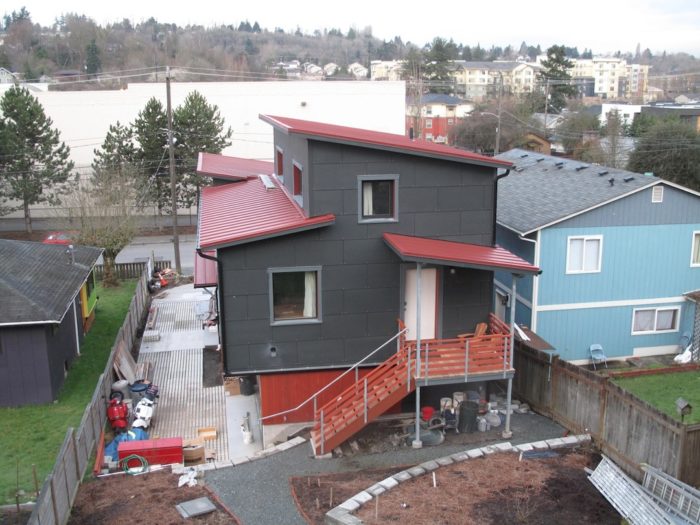




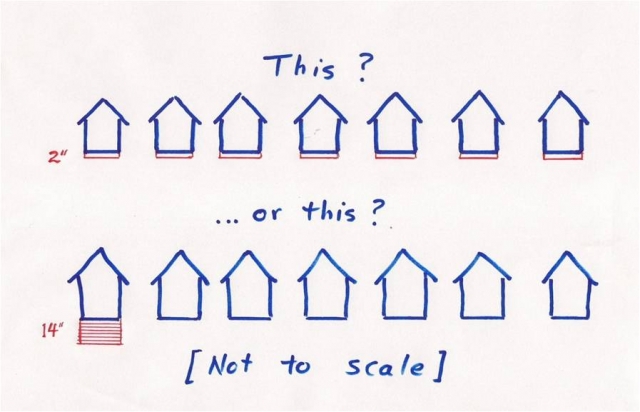
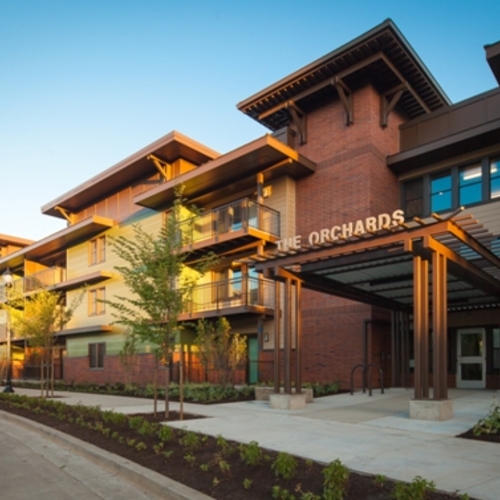
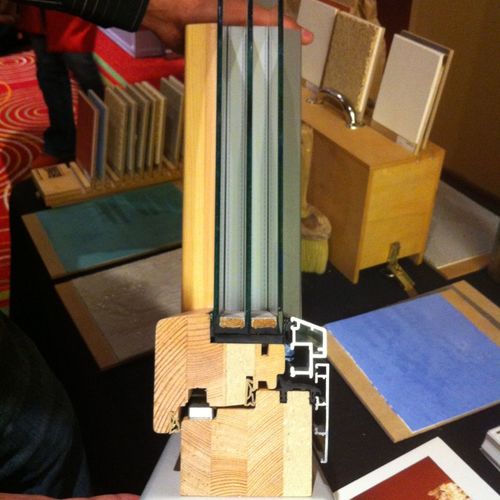
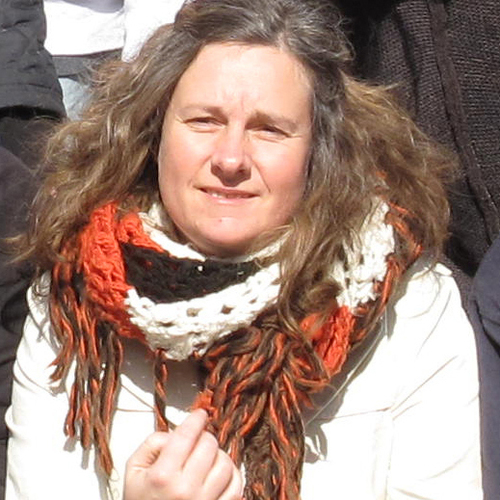
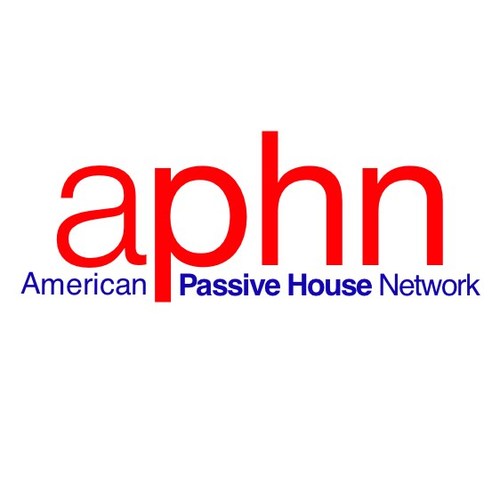






19 Comments
Good summary
I think many southern GBA readers will be looking forward to your reports from the conference and your developing thoughts on the significance of the Passivhaus movement in a mostly cooling climate.
Random opinions from a non-professional
1. Yes, it should be Passivhaus. It's an ideal, a notion of how efficient a house should be, based on a German standard. To me, Passive House seems no more valid than Folks' Wagon for a Volkswagen or child-garden for kindergarten.
2. It's going to be fascinating seeing how the PH idea becomes adapted for North America's more humid climate zones. With due diligence I may even understand 50% of the technical details.
3. Given the brain power at this site and elsewhere in the green building community, it seems that a North American standard will almost surely develop. Perhaps call it ParaPassiv, as it will not quite be the same as the Continental standard. (para- as in paralegal, parachute, paranormal, etc.)
4. Boutique? Of course it will be a boutique program. In Germany, it's become the standard for building. No way that will happen here. This is the country, after all, where people think that granite and stainless steel are the sole necessities for a modern home. But Passivhaus could indeed become a very successful boutique with a wide reach. It has a catchy name with three easily-pronounced syllables (This is more important than you think), and it has cachet. It represents something: an ideal of efficiency and simplicity. That's cool, and cool is important. It's something to build on.
Definition
What is the thumbnail definition of Passivhaus to get the idea across to someone who knows nothing about it in the fewest word possible? How does Passivhaus differ from net zero, or does it?
Ron, passive meaning the home
Ron, passive meaning the home just sits there with almost no action to be a home. 90% less energy use, in Europe they use the HRV for their HVAC.
Net zero can be similar but the main goal allows for higher E use offset by PV or efficiency or whatever to zero net energy use.
Response to Ron Keagle
Ron,
Q. "What is the thumbnail definition of Passivhaus?"
A. To meet the standard, a house needs:
an infiltration rate no greater than 0.60 AC/H @ 50 Pascals,
a maximum annual heating energy use of 15 kWh per square meter (4,755 Btu per square foot),
a maximum annual cooling energy use of 15 kWh per square meter (1.39 kWh per square foot), and
maximum source energy use for all purposes of 120 kWh per square meter (11.1 kWh per square foot).
For more information, see Passivhaus For Beginners.
Boutique vs. Mainstream
If Passivhaus were not to remain a boutique program, what would be the dynamics involved with it becoming mainstream? In other words, what is stopping it from gaining widespread adoption?
Response to Ron Keagle
Ron,
Cost.
Extra costs include: hiring a Passivhaus consultant to run the PHPP software and tweak the specifications; more expensive windows; thicker insulation; the cost of an HRV; added details for air sealing; and sometimes extra blower-door testing.
Return on investment
But is there not an energy efficiency and comfort payback for these extra costs that would make the upfront investment worthwhile?
Through discipline come freedom
I think Ron hits an critical point missing in this post. PH is shooting to be more than the sum of its parts. Yes you can reduce you energy load to fit in a in a bathtub but unlike almost any other building standard except maybe ASHREA 55.1 comfort is one of the major pins to be knocked down. But unlike ASHRE 55.1 PH aims to do it through the envelope design not HVAC. Its pretty easy in Colorado with the off-the-shelf PHPP model, Katrin is looking to make it viable in the muggy East.
Until we Americans can wrap our heads around the quality of space issue at the same intensity as the quantity of space PH will be a side investment. Most homes are the result of poor comfort and energy basket cases because those two interrelated topics are simply is not in the design intention. If the market gets comfort as a value PH will become mainstream, and more affordable. I would like to see GBA reflect this issue more clearly in further writings.
Aj, regarding your
Aj, regarding your statement:
“A typical natural gas supplied basic home has little change in monthly costs by being built to a PH level.”
I do not understand what you mean by that. If there is little change, what is the point of building to a PH level?
I make a ballpark assumption that you can save 75% of the heating cost in cold climates when using natural gas with a superinsulated house compared to a typical house.
A typical natural gas
A typical natural gas supplied basic home has little change in monthly costs by being built to a PH level.
Mortgage + property tax is 90%+ isn't it. Reduce to net zero which i prefer via PGH and the (total all monthly payments) cost remains very close to the same being that the utility bill us such a small fraction of the total Ron.
No remarkable economic savings to be "the push".
Incentives are needed, governess, good governess.
Ron, example; $3200
Ron, example;
$3200 mortgage+
$1200 property tax+
$200 energy bill=
$4600 total
PGH home
$3300+
$1200+
$20.=
$4520 total
Monthly savings $80. 80/4600= 2% saved.
No passion to excite with that math.
That said I love the net zero movement anyhow.
In Minnesota, I think I can
In Minnesota, I think I can save considerably more than $180 per year on heating with a superinsulated house compared to an average house. Whatever the number is, I don’t know how much passion it will stir on its own. If you increase the comfort by even heating, and fresh air, I think that adds some more to the passion. Compact, space-efficient, open plan, flexible space use, well designed storage, and high quality details add more passion.
When you add it all together, I think you end up with enough passion to attract homebuyers despite the added cost of the investment. I think all of this particular blended approach is something whose time has just finally arrived.
If anything is holding up progress in this direction, I believe it is lack of understanding by the general public in response to the way it is being presented. The minute I speak of extra insulation in a house, people have all kinds of questions and conflicting pre-conceived ideas based on things they have heard. I sense that there is a lot of interest, but people don’t know what approach to take or who to believe. That is why I asked for the definition of Passivhaus. I believe it needs a definition that instantly makes it clear to the general public.
I like boutique happening now!
I am a homeowner in NY state who decided to build a PH , tired of hearing the same blah blah from politicians and local authorities. For me PH is a grass root movement and it is spreading in a small but steady way among a converted community. Five years ago, people looked at me like the ET from France (alien, I know: that, too!) while now the house is 70% completed with windows coming in right now, there is a lot of local interest. (www.mamaroneckpassivehouse.com)
PH is an anti-crisis product: yes, the energy cost may reduce (hope!) but taxes of all sorts won't! So, cut where you can! PH puts you in control of your energy use and lifestyle.
PH is also the healthiest home and that is more important for our children's future than cheap gas!!! Believe me, I now live in Hong Kong and we are often asked not to go out due to the level of pollution...and we cannot drink tap water, ever!
Veronique
Ron, my example above cuts
Ron, my example above cuts energy costs by $960 annually. But other costs are over $50,000 annually in places like Northern Jersey.
Now go to a low tax area, pay cash for a small net zero home, and one may just pay $1200 a year in taxes and that's it. Near me a friend is paying just taxes on an 80's 1800sqft home W 5.6KW of PV. His costs are just taxes and are around $3,000/yr, as his home is paid for. His numbers are great and sell-able.
Net zero I like. The numbers matter too.
Yes I agree that number
Yes I agree that numbers matter, but I don’t see the connection that you are making to taxes and mortgage.
The question I see is the extra cost of superinsulation and related envelope enhancements versus the time it takes to pay back that cost. I think that investment is worth it if you plan on staying in the house for a while. And even if you plan to sell it in one year, those enhancements add value for the next buyer.
So the upfront extra investment really needs to be amortized over the life of the house rather than the duration of any given owner. If you arbitrarily assign a 50-year life to the house, that could easily be $50,000 in energy savings.
Then if you factor the added comfort over 50 years, that also amounts to return on investment.
Then add the hedge against rising energy prices and there is some return in that as if functions like insurance.
Then the icing on the cake is that you get to be a pioneer blazing a trail. What could be more fun than that?
Ron, here's the connection,
Ron, here's the connection, as I said earlier.
People... who have bills to pay every month... making a decision to save... by going net zero... well, the wife at least will see that... only 2% is being shaved off the costs... next thing she says... forget it hubby! We have real things to think about. Next year our darling is asking to go to Yale $60,000/yr.
It's a hard sell... I think like others say, we just sell the "pure love of the idea" and call it a day. That's me today anyway. Marc Rosenbaum has me fired up...
Aj,
When you frame the case
Aj,
When you frame the case for a high performance house only in operating cost reduction of 2%, I can see why it is a hard sell. I understand your math, but it still strikes me as an arbitrary comparison of investment to payback. As I said before, I would compare the upfront cost of high performance to the cost of the house without it. That seems to me to be the true apples-to-apples comparison.
I understand your point that a consumer weighs the extra cost of high performance against the broader cost backdrop, which is larger than just the cost of the house. However, if you start down that road, you might as well compare the high performance savings to all of the consumer’s costs, including food, clothing, and entertainment. After all, any spending decision must be weighed against the entire spectrum of costs and spending. So, if you look at it that way, the savings for energy efficiency would be much lower than even the low figure of 2%.
I do talk to people who have a firm belief that a house should be built at the lowest first cost possible. But this is only a portion of the buying market. I suspect there are many people who would invest in a better performing house, but are only holding back because they have not yet realized that it is possible, or because of the bewilderment of how to build it.
Will Passivhaus Remain a Boutique Program?
NO,
it will be one of the future mainstream solution to deliver low-energy buildings. And, when build with truly sustainable materials, they will be low embodied carbon buildings too.
But it is actually happening now like this development in Heidelberg / Germany shows: http://heidelberg-bahnstadt.de/en.
Plus Passive Houses can be affordable like this Passivhaus Institut certified build system from England shows: http://www.beattiepassive.com/.
So for Passive House the future is now.
Log in or create an account to post a comment.
Sign up Log in